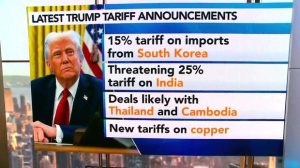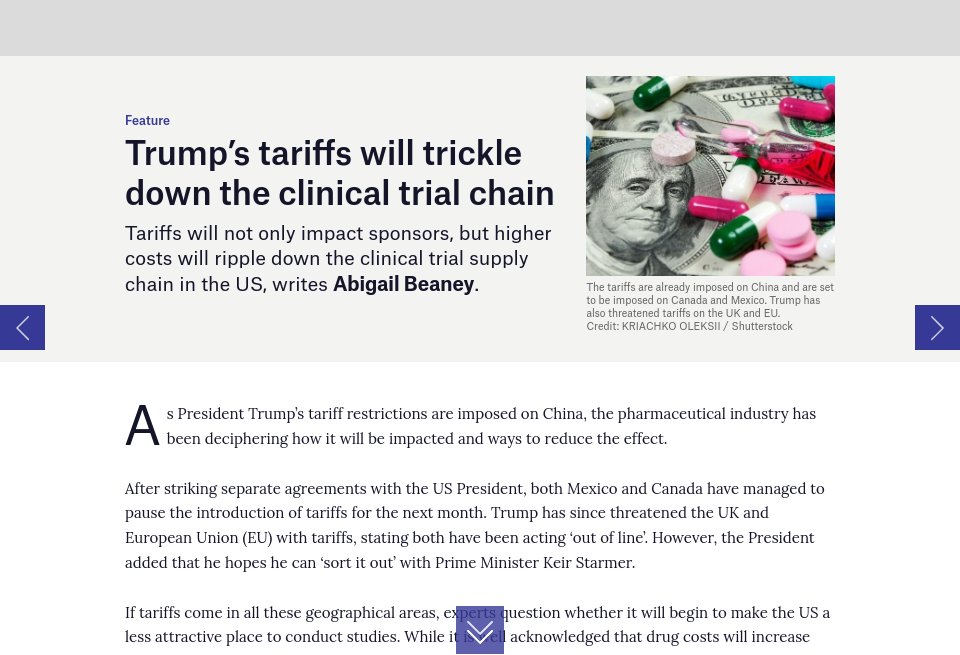Introduction : Ketamine Powder and Trump Tariffs
The presidency of Donald J. Trump was defined by aggressive trade policies, particularly tariffs designed to reduce America’s trade deficits and boost domestic production. While much attention has been paid to Trump’s tariffs on steel, aluminum, and consumer goods, their ripple effects extended far beyond traditional markets. crystal meth for sale online
One of the lesser-discussed but increasingly significant areas impacted is the ketamine powder market—a niche but critical pharmaceutical segment used in anesthesia, pain management, and even emerging mental health therapies, Ketamine Powder and Trump Tariffs. buy mdpv online in USA
In this comprehensive article, we will explore Donald Trump’s tariff impacts on ketamine powder from multiple angles: pharmaceutical supply chains, healthcare affordability, research accessibility, and global trade dynamics. By analyzing these intersections, we uncover how political decisions reverberate through unexpected sectors and influence both patients and professionals worldwide. Buy APVP online USA
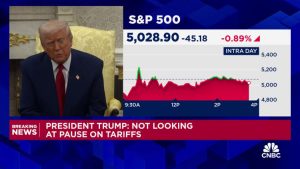
Understanding Ketamine Powder and Its Uses
What is Ketamine Powder?
Ketamine is a dissociative anesthetic first synthesized in the 1960s. In its raw powder form, ketamine serves as a pharmaceutical base, later processed into injectable or intranasal formulations. It is widely used in: Black Tar Heroin for Sale in USA
-
Anesthesia: For surgical procedures in humans and veterinary medicine.
-
Pain Management: As an alternative for opioid-resistant pain.
-
Mental Health: Growing use in treatment-resistant depression, PTSD, and anxiety.
Global Supply Chain of Ketamine Powder
-
Manufacturing Centers: China and India are leading producers of bulk ketamine powder.
-
Pharmaceutical Buyers: The U.S., Europe, and parts of Asia import raw ketamine for medical use.
-
Research Labs: Academic and biotech institutions require ketamine for neuroscience and psychiatric research.
Because ketamine is heavily regulated, its international movement already faces tight scrutiny. Adding tariffs complicates the flow of this essential compound, raising questions about healthcare access and affordability. Buy Bolivian Cocaine online in USA
Trump’s Tariff Strategy: A Brief Overview
The “America First” Economic Vision
Donald Trump’s economic agenda centered on reducing reliance on foreign imports and protecting domestic manufacturers. By imposing tariffs, his administration sought to: Buy Mdma Crystal near me
-
Encourage domestic pharmaceutical production.
-
Pressure China in broader trade disputes.
-
Reconfigure supply chains toward “Made in America” goals.
Key Tariff Areas Affecting Pharmaceuticals
Although ketamine powder was not always directly targeted, Trump’s tariffs on Chinese goods included many pharmaceutical precursors, active pharmaceutical ingredients (APIs), and chemical intermediates. Because ketamine production relies on specialized precursors often sourced from China, these tariffs had indirect consequences on the availability and cost of ketamine in the U.S. market. Colombian Cocaine for Sale in USA
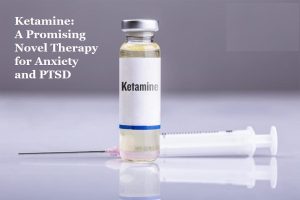
Direct and Indirect Impacts of Tariffs on Ketamine Powder
1. Increased Import Costs
-
Tariffs raised the landed cost of ketamine precursors, driving up final product pricing.
-
Hospitals and clinics importing ketamine powder faced higher procurement costs, especially for veterinary practices and smaller healthcare facilities.
2. Supply Chain Disruptions
-
With higher tariffs on Chinese imports, pharmaceutical companies were forced to explore alternative sourcing, often from India or European markets.
-
Transitioning suppliers introduced delays, quality verification challenges, and regulatory hurdles.
3. Healthcare Price Inflation
-
Rising costs of ketamine powder translated into higher treatment expenses for patients.
-
Mental health clinics offering ketamine-assisted therapy for depression saw increased operational expenses, limiting patient accessibility.
4. Research Limitations
-
Academic research programs faced budget constraints as the price of ketamine rose.
-
Universities dependent on government funding struggled to maintain steady supplies for psychiatric studies.
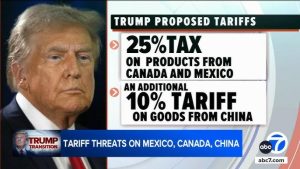
Trump’s Tariffs and the Opioid Epidemic Connection
An interesting dimension is the overlap between Trump’s tariffs and the opioid crisis response. Ketamine has been studied as a safer alternative to opioids for pain relief. By making ketamine more expensive or harder to obtain, tariffs indirectly affected strategies to reduce opioid dependence in the U.S. Pink cocaine for sale near me in USA
-
Positive Argument: Tariffs may have encouraged domestic pharmaceutical innovation to produce ketamine locally.
-
Negative Argument: Limited short-term access increased reliance on opioids in certain hospitals, undermining public health goals.
Global Trade Shifts in the Ketamine Powder Market
China’s Role
-
China remained the largest exporter of ketamine precursors.
-
Trump’s tariffs heightened tensions, leading to tighter export controls.
India’s Expansion
-
Indian pharmaceutical manufacturers capitalized on tariffs by expanding exports of generic anesthetics and ketamine formulations.
-
However, logistical challenges prevented India from fully filling the gap left by China.
European Partnerships
-
European firms became attractive alternatives but at significantly higher costs.
-
U.S. pharmaceutical companies often faced a cost vs. compliance dilemma.
Impact on Mental Health Treatments
Ketamine Clinics Under Pressure
Over the last decade, ketamine clinics have expanded rapidly across the U.S. as treatments for depression and PTSD gained traction. Trump’s tariffs indirectly affected these clinics by:
-
Raising drug acquisition costs.
-
Limiting accessibility for uninsured or underinsured patients.
-
Slowing expansion into underserved areas.
Veterans and PTSD
A particularly sensitive group—U.S. veterans with PTSD—relied heavily on experimental ketamine therapies. Increased costs constrained the availability of treatment options, leading to ongoing debates about balancing trade protectionism with public health needs. Buy fishscale cocaine in USA
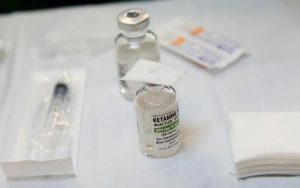
Industry and Policy Reactions
Pharmaceutical Lobby Response
The pharmaceutical industry pushed back, arguing that tariffs on APIs and compounds like ketamine increased dependency risks and inflated healthcare costs. Bio cocaine for sale in USA
Trump Administration’s Stance
Despite pushback, Trump’s team emphasized the long-term benefits of domestic production and framed tariffs as necessary for national security in the pharmaceutical sector. Buy Gamma Hydroxybutyric Acid (GHB) Online
Calls for Waivers
Some medical associations petitioned for tariff exemptions on essential pharmaceuticals, citing patient safety. A few temporary waivers were granted, but ketamine precursors remained under scrutiny. 3MMC for sale near me
Long-Term Implications Beyond Trump’s Presidency
Post-Trump Policy Shifts
The Biden administration rolled back some tariffs but retained others, keeping uncertainty alive in the pharmaceutical market. Ketamine remains a case study in how global trade wars ripple into healthcare. where to buy MDAI in USA
Future of Ketamine Therapy
As FDA approvals expand for ketamine-related treatments, demand will surge. Policymakers must address supply chain vulnerabilities to ensure affordability and accessibility. Buy Mephedrone Powder in USA
Strategic Domestic Production
The U.S. may invest in local manufacturing facilities for ketamine powder or its precursors to reduce dependency on Chinese imports.
Conclusion
Donald Trump’s tariffs reshaped many industries, but their indirect effects on ketamine powder reveal the complexities of modern trade wars. By increasing costs, disrupting supply chains, and limiting access to critical mental health therapies, tariffs exposed the fragile link between global economics and public health. Buy Amphetamine near me in USA
While the administration’s long-term vision of boosting domestic pharmaceutical capacity has merit, the short-term consequences disproportionately affected patients, researchers, and clinics relying on ketamine’s medical potential. Fentanyl Powder for sale near me
As global demand for ketamine grows, particularly in mental health and pain management, policymakers face a pressing challenge: balancing trade protectionism with healthcare accessibility. The story of Trump’s tariffs and ketamine powder is not just about economics—it’s about the intersection of politics, medicine, and human wellbeing. 2C-B pill for sale in USA
